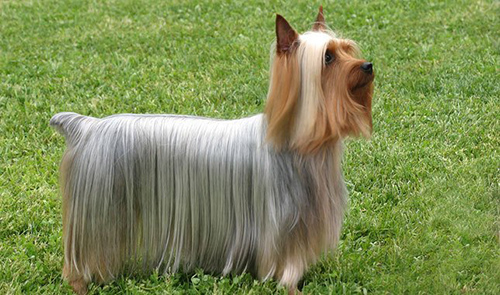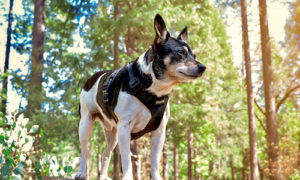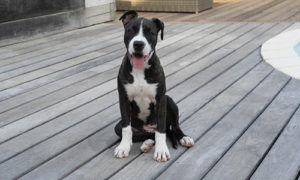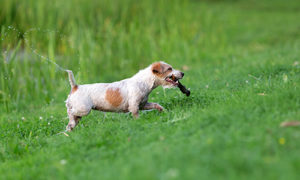
The Silky Terrier has quite a story to tell. In the late 1800s, Yorkshire Terrier landed in Australia from England. These dogs seemed to have striking steel blue and tan coat coloration and combined with the native blue and tan Australian Terriers to improve the latter’s coat color while keeping its more full-bodied figure.
The Yorkshire Terrier and the Australian Terrier were recent strains from crosses of some other terrier breeds. They publicized some offspring from these crosses as Yorkshire Terriers and some as Australian Terriers.

They showed a few under a new name, Silky Terriers since some felt they were the start of a distinct breed, in-between in size and coat length between its parental stock.
Breeding these silkies did, in fact, produce a pure breeding strain within a short amount of time. Since they established the breed in two different areas of Australia, they drew separate breed standards up from each region in 1906, with weight being the significant disagreement.
In 1926, they accepted a revised standard surrounding all areas, with accepted weights being of a conciliation. They knew the breed as the Sydney Silky Terrier in Australia until they later changed it to Silky Terrier in 1955, just before its recognition by the AKC.
Though not a rare breed, the Silky Terrier remains slow to charm enthusiasts and is only temperately popular.
Silky Terrier Breed Facts
Family: Terrier
Origin: Australia
Date developed: 1800s
Original role: Companionship and vermin hunter
Today’s position: Earthdog trials and companionship
Other names: Sydney Silky and Australian Silky Terrier
Weight: 8 – 11 pounds, Height: 9 – 10 inches
The Silky Terrier is a mini version of a working terrier and displays the vital features of a vermin predator. It is slightly lengthier than it is tall, and although it is of refined bone, it should have adequate strength and substance to advocate that it could kill small rodents. Its walk is free and high-footed; the look is intensely in-depth. Also, the traditional, single coat is silky and glossy, following the body framework rather than dropping to the ground.
Characteristics
Temperament: The Silky Terrier is no sweet, easy go lucky lapdog. It is brave, energetic, curious, and spirited, ever prepared for action–a terrier at heart. However, they can be hostile toward other dogs or pets. For instance, it is keen, but is tenacious, and can be naughty. In addition, it barks a lot.

Upkeep: The Silky Terrier is an active breed that requires slightly more exercise than most toy breeds. It enjoys a modest walk on a leash, but it particularly likes the opportunity to sniff about on its own in a safe location. You can meet most of its exercise requirements with active indoor games. Its coat needs a brush or combing every two days. The Silky Terrier is a healthy breed. Thankfully, they do not have any significant health concerns. However, minor matters to look out for are patellar luxation and Legg-Perthes. Although occasionally seen, keep an eye out for epilepsy, diabetes, allergies, Cushing’s, and tracheal collapse. The Silky’s life span is 11–14 years.





